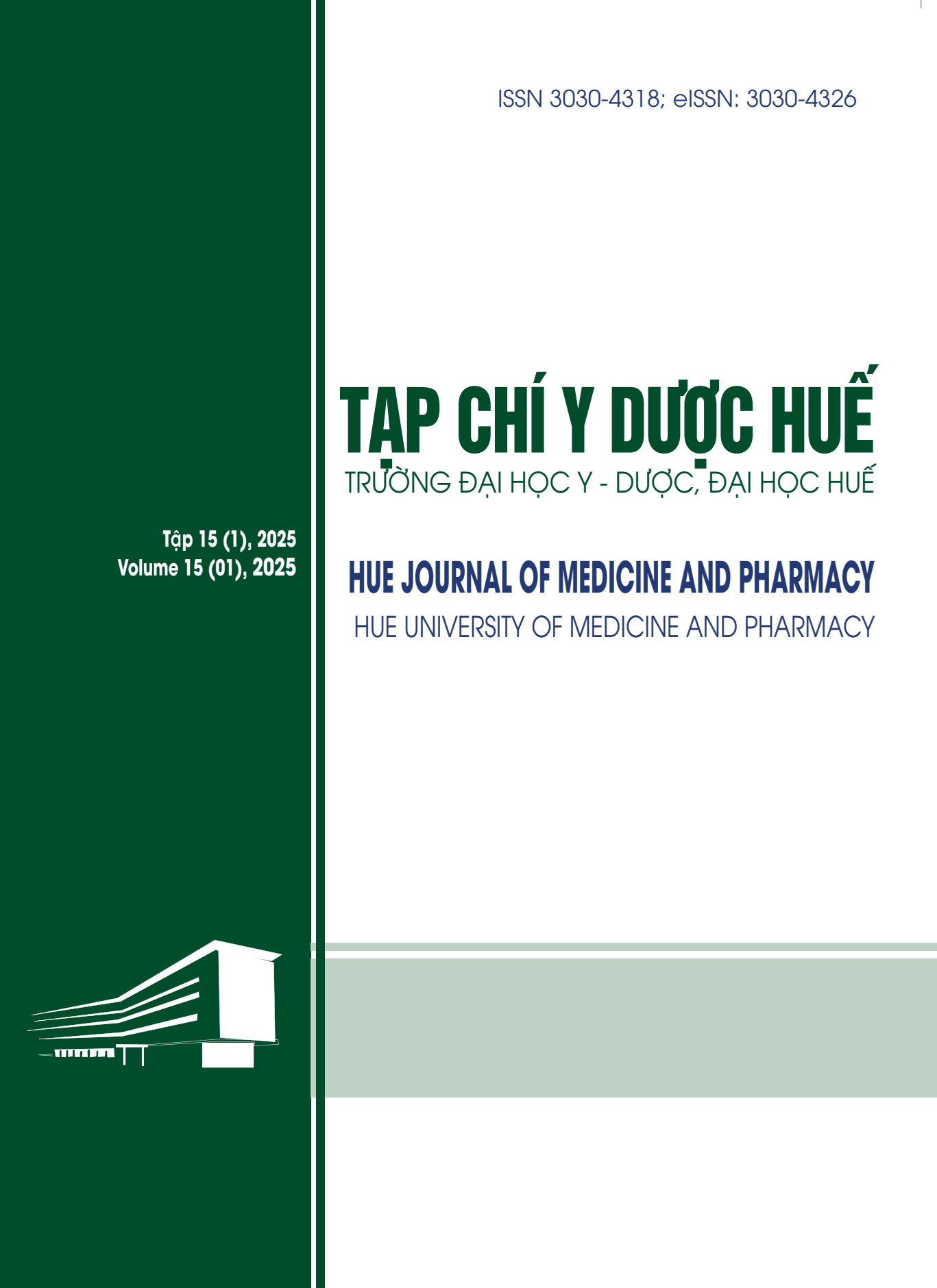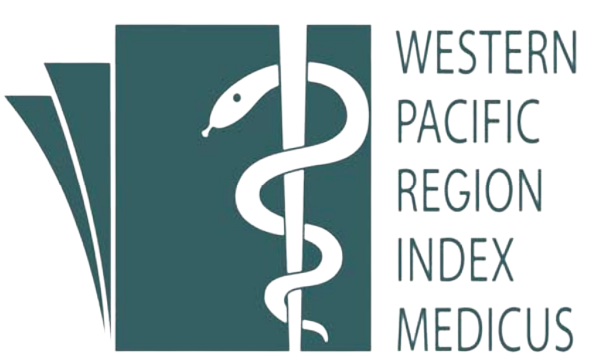Abstract
Objective: Bone grafting is a widely utilized surgical procedure for the treatment of various conditions, including non-union fractures, segmental bone loss, and bone defects following tumor excision. In tissue banks, allogeneic fresh bone is processed through specific protocols to ensure ease of preservation, sterility, and reduced immunogenicity. The fresh bone preserved by deep-freezing is used as a conductive material for bone formation, retaining its material properties and remaining usable after thawing. This study aims to provide a preliminary evaluation on the utilization of allogeneic bone grafts in the treatment of several orthopedic traumas at Hue University of Medicine and Pharmacy Hospital.
Subjects and methods: A retrospective study was conducted, collecting medical records of all patients indicated for fresh allogeneic bone grafting from January 2019 to December 2023 at Hue University of Medicine and Pharmacy Hospital. The study variables included: age, gender, number of patients, preoperative diagnosis for bone grafting, graft site, and number of graft units used.
Results: A total of 125 patients participated in the study, with males comprising 56.8% and females comprising 43.2%. The average age of the patients was 47.17 ± 19.39, with the youngest patients were six and the oldest patients were 86. The age group receiving allogeneic fresh bone grafts most frequently was over 60, accounting for 34.4%. The age group of 20 to <40 represented 30.4%, while those under 20 accounted for 7.2%. Approximately 88.8% of patients received one graft unit, 8% of patients received two units, and only 3.2% of cases received three or four units. Bone defects were the most common indication for grafting (58.4%). The rates for hip joint replacement, spinal disorders, and non-union fractures were 28%, 7.2%, and 6.4%, respectively. The injuries in the femur, tibia, and hip joint indicated for grafting were 30.4%, 21.6%, and 12%, respectively. In addition, other sites such as the humerus, spine, clavicle, knee joint, and foot bones also had indications for grafting allogeneic fresh bone after deep-freezing storage at lower rates.
Conclusion: Allogeneic fresh frozen bone represents a potential graft material source in orthopedic trauma surgeries. Allogeneic fresh bone grafting has been utilized widely among all age groups for treating bone defects, non-union fractures, spinal conditions, and more.
| Published | 2025-05-06 | |
| Fulltext |
|
|
| Language |
|
|
| Issue | Vol. 15 No. 1 (2025) | |
| Section | Original Articles | |
| DOI | 10.34071/jmp.2025.1.27 | |
| Keywords | khuyết xương, xương tươi đồng loại, ghép xương bone defect, allogeneic fresh bone, bone grafting |

This work is licensed under a Creative Commons Attribution-NonCommercial-NoDerivatives 4.0 International License.
Copyright (c) 2025 Hue Journal of Medicine and Pharmacy
Haugen, H.J., et al. Bone grafts: which is the ideal biomaterial? Journal of Clinical Periodontology. 2019; 46: 92-102.
Nizegorodcew, T., et al. Allograft for the treatment of traumatic severe bone loss in the lateral femoral condyle: A case report. Injury. 2018; 49 (Suppl 4): 16-20.
Murphy, R.F., et al. Allograft Bone Use in Pediatric Subaxial Cervical Spine Fusions. J Pediatr Orthop. 2017; 37(2): 140-144.
Baldwin, P., et al. Autograft, allograft, and bone graft substitutes: clinical evidence and indications for use in the setting of orthopaedic trauma surgery. Journal of orthopaedic trauma. 2019; 33(4): 203-213.
Yelavarthi R et al. The outcome of fresh frozen allografts in bone healing: a prospective study, in a tertiary care centre, India. Int J Res Orthop. 2022; 8(2): 272-232
Sanchez-Sotelo, J., E.R. Wagner, and M.T. Houdek. Allograft-Prosthetic Composite Reconstruction for Massive Proximal Humeral Bone Loss in Reverse Shoulder Arthroplasty. JBJS Essential Surgical Techniques 2018; 8(1): e3(1-12)
Theodorides, A.A. and O.R. Wall. Two-stage revision anterior cruciate ligament reconstruction: Our experience using allograft bone dowels. J Orthop Surg (Hong Kong), 2019; 27(2): 1-9
Liu, Q., et al. Intercalary Allograft to Reconstruct Large-Segment Diaphysis Defects After Resection of Lower Extremity Malignant Bone Tumor. Cancer Manag Res. 2020; 12: 4299-4308.
Pieske, O., et al. Autologous bone graft versus demineralized bone matrix in internal fixation of ununited long bones. Journal of trauma management & outcomes. 2009; 3(1): 1-8.
Wang, W. And K.W. Yeung. Bone grafts and biomaterials substitutes for bone defect repair: A review. Bioactive materials. 2017; 2(4): p. 224-247.
American Association of Tissue Banks. Standards for tissue banking. The Association. 1987.
Ali, M., et al. Allograft bone banking experience in Pakistan. Cell Tissue Bank, 2022. 23(2): 367-373.
Ostojic, Marko, et al. Establishment of the bone tissue bank at Mostar University Clinical Hospital. Acta clinica Croatica. 2019; 58(4).: 571-575.
Shegarfi, H. And O.J.J.o.O.S. Reikeras. Bone transplantation and immune response. 2009; 17(2): 206-211.
Simpson, D., et al. Viable cells survive in fresh frozen human bone allografts. 2007; 78(1): 26-30.
Coutinho, L.F., et al. Presence of cells in fresh-frozen allogeneic bone grafts from different tissue banks. 2017; 28: 152-157.
Spin‐Neto, R., et al. Immunological aspects of fresh‐frozen allogeneic bone grafting for lateral ridge augmentation. 2013; 24(9): 963-968.
MA, Zhihao, et al. Application of allograft and absorbable screws in the reconstruction of a massive bone defect following resection of giant osteochondroma: A retrospective study. Frontiers in Surgery, 2022, 9: 938750.
Rezvani Majid et al. Autograft and allograft bone chips interbody fusion for spondylodiscitis: Surgery outcomes. Caspian Journal of Internal Medicine. 2023; 14(1): 133.






